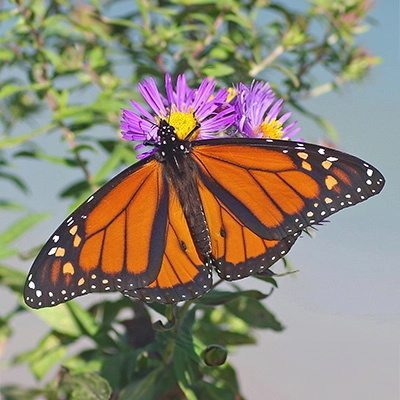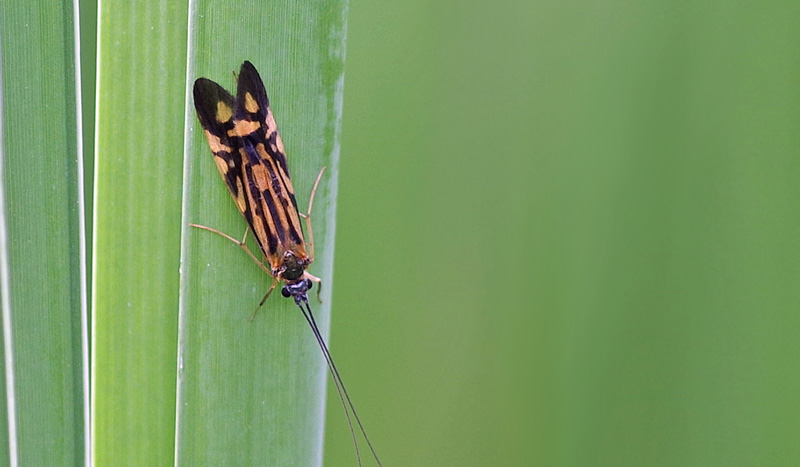Bugs in the News XIII
Note: All links leave to external sites. Howdy, BugFans, The BugLady’s “newspaper clippings” file runneth over, so here are a few articles for you to peruse. Please note that most come from the excellent Smithsonian daily e-newsletter, which is not …

